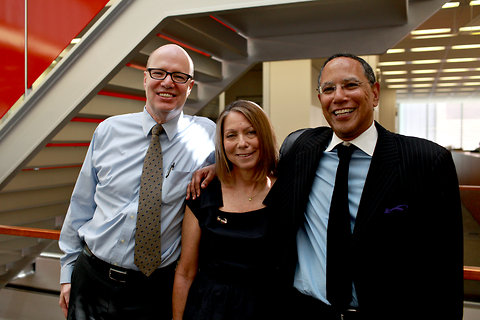The partial walkout would punctuate annual wage talks that began in April. G.M.’s chief executive, Dan Akerson, and other executives have raised concerns about a further increase in labor costs partly because of wage lawsuits filed by G.M.’s South Korean workers.
But G.M.’s South Korean union has said its “cost per vehicle” is half that of Australia and lower than several other peers, including Russia.
The union was also angered by G.M.’s decision not to produce the next-generation Cruze compact in South Korea, which prompted fears about a potential restructuring of the unit.
Last week, 79 percent of union members at G.M. Korea voted in favor of striking. Union leaders decided late Wednesday to hold a partial strike for six hours July 4 and to refuse overtime and weekend work for now, said Choi Jong-hak, a union spokesman.
He said union leaders would decide whether to continue the partial strike depending on progress in the wage talks. “The management did not come up with any concrete proposal during yesterday’s talks,” he said. “It will be difficult to reach a deal, and we are likely to continue the strike.”
From July to September last year, G.M. Korea suffered its biggest strike since it was created in 2002, resulting in lost production of 40,000 vehicles.
G.M.’s South Korean unit makes more than 4 of every 10 Chevrolet-branded vehicles sold globally and supplies almost all Chevrolets sold in Europe.
It also produces vehicle kits for assembly in China and other emerging markets. The unit exports the Opel Mokka sport utility vehicle to Europe and the Chevrolet Spark minicar to the United States and other markets.
Under the annual wage talks, G.M. Korea’s union negotiators have called for a bonus equivalent to three months’ salary and a one-time payment of 6 million won, or $5,300, as well as a basic salary increase of 130,500 won.
The two sides have also locked horns over a new shift system that will eliminate overnight work at the beginning of 2014, with the union demanding that management make up for reduced wages resulting from fewer work hours.
The union is also calling for the company to produce the revamped Cruze as well as other next-generation models in South Korea and to have the unit continue to play a key role in engineering and designing G.M.’s mini- and small cars.
The spokesman for G.M. Korea, Kim Byeong-soo, said: “Wage talks are still under way. We hope to expedite negotiations to reach a deal and avoid production losses.” He added that the annual wage pact was traditionally reached by early August.
On May 28, Hyundai Motor, South Korea’s biggest automaker, and its labor union started their annual wage talks. The union is demanding a bonus equivalent to eight months’ salary and an extension of the retirement age to 61, among other things.

Article source: http://www.nytimes.com/2013/06/28/business/global/gm-workers-in-south-korea-plan-a-walkout.html?partner=rss&emc=rss
